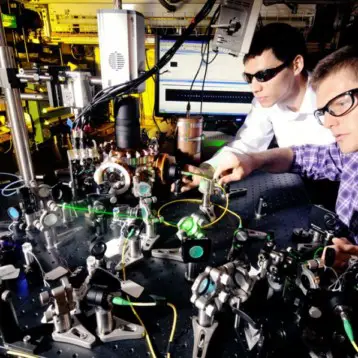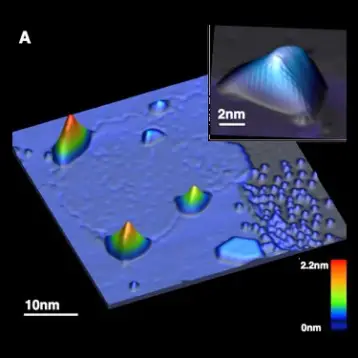Researchers at the Massachusetts Institute of Technology (MIT) are looking into using radio waves to control plasmas and possibly making energy efficient fusion reactors viable. Current fusion models rely on feeding plasmas through large magnets in controllable ways. One of the key elements of achieving fusion through these generators, called tokamak generators, is keeping the plasma away from the walls of the containment vessel. Radio waves can help with this effort and, although more testing is needed, the technique seems to be capable of handling stronger plasma pressures and magnetic fields than currently existing control mechanisms.
The tokamak reactors rely on driving hot plasma fields of various isotopes of hydrogen in toroid shapes through large magnetic fields without touching the walls of their containment units. The plasmas are millions of degrees hotter than their containers and even the slightest of touches would cool them beyond the level needed to achieve fusion reactions. At sufficiently high temperatures, two hydrogen atoms – usually the heavier isotope deuterium – fuse into a helium atom when they collide. The helium atom has a lower binding energy than the hydrogen so excess energy is released when the reaction occurs. This extra energy could then be harnessed and distributed to meet the power needs currently filled by coal plants and oil and other fossil fuels.
MIT’s Plasma Science and Fusion Center is home to the Alcator project, currently the largest tokamak-style fusion reactor at any university in the world and the reactor with the most plasma pressure and largest magnetic fields of any reactor, university or otherwise. The larger and more powerful International Thermonuclear Experimental Reactor (ITER) is in the process of ramping up, but plasma containment and control is expected to pose problems. Researchers hope this new method of control using radio waves will solve any difficulties in this area, making a viable demonstration fusion power plant possible by 2040.
The Alcator team has successfully tested the radio wave controllers several times and believes it can be used with the larger and more powerful ITER reactor once it becomes operational. They’ve also discovered an additional benefit to using radio waves – a decrease in the turbulence level of the plasma. Lower levels of turbulence make the reactors more efficient.
TFOT has reported on other practical applications of plasmas including the VASIMR plasma rocket currently being tested for possible use on moon or Mars missions as well as the Miniature Magnetic Orion propulsion system relying on ejecting controlled streams of plasma for its propulsion. TFOT has also reported on a variety of new or alternative energy sources including hydrogen producing bacteria, efficient plastic solar cells, and new snake-like tubes to harness wave power.
Read the MIT article about the radio wave control method here and learn more about the Alcator project here (including a very good basic description of fusion reactions and some of the obstacles in creating viable fusion reactors found here).
Image: tokamak control room, graduate students Rachael McDermott and Eric Edlund perform experiments on the Alcator C-Mod tokamak to support their thesis work. (Credit: Photo / P. Rivenberg/M.P. McNally, MIT)










